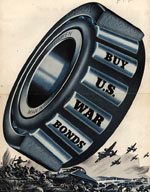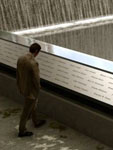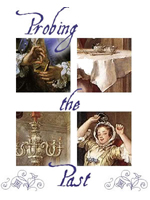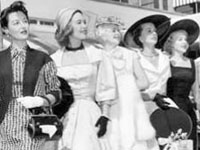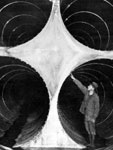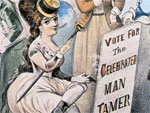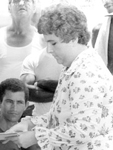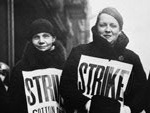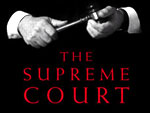In the words of the exhibit website, "The World Trade Center: Rescue, Recovery, Response details the history of the World Trade Center, the September 11 attacks, the rescue efforts, the evidence recovery operation at the Fresh Kills facility, and the public response to the September 11th events."
The website is divided into five sections—The World Trade Center, Rescue, Recovery, Response, and Voices.
The World Trade Center provides a brief overview of the design process, a construction and habitation chronology, statistics on the towers (did you know 17 babies were born at the WTC and that more than 3,500 people worked on the construction site?), a small amount of information on the response to the 1993 bombing, and photographs of several damaged artifacts removed from the WTC towers. The very mundane nature of these objects— for example, floor number signs and a fire extinguisher—may make them more emotionally distressing to students. Proceed with care, but recognize that the inclusion of these artifacts can provide powerful commentary on 9/11.
Rescue shares the story of the first 24 hours following the attacks. The primary focus is on the sacrifice of responders, including 343 NYC Fire Department employees. A timeline breaks the day down into small portions—in some cases minutes—with a an image and sentence describing events. Additional subsections introduce the Engine 6 Company, provide brief remembrances of the members of the company on duty at the time of the tragedy (two of whom survived), interactive schematics and images of the Engine 6 Pumper before and after damage, a description of why the WTC towers' engineering failed, and a selection of artifacts used by rescue workers. This section includes videos in which the two Engine 6 survivors discuss their experiences. These are very emotional, clearly depict pain, and also discuss the men and women that fell from the towers. As a result, educators should take care in their decisions to share these film clips.
Recovery details efforts to recover objects, the deceased, and criminal evidence from the remains of the towers after their transportation to the Fresh Kills site. Here, visitors can find information on and images of the cleanup of Ground Zero; a brief overview of the Fresh Kills site; a to-the-point listing of the sorting process complete with images; images of airplane pieces; photographic panoramas of Fresh Kills; images of items and signs used at the Fresh Kills site; and statistics concerning the site, personnel involved, and objects found. If visitors are concerned, they should be aware there are no images of human remains.
Response addresses the myriad ways in which people responded to the events. The section contains images of newspaper front pages and images of and short introductions to the Union Square scrolls and St. Paul's Chapel memorials, St. Paul's Chapel and Nino's restaurant as places of refuge for recovery workers, and the Fulton Street viewing platform from which the recovery efforts could be watched, as well as photographs of objects and messages of support from around the world.
The final section, Voices, contains lengthy audio interview clips with Patty Clark who worked on the 65th floor of the North Tower; Lee Ielpi who sought his firefighter son; and Jim and Marilyn Geiger, who offer a married couple's perspective on the situation from both within and outside the building. These interviews include individual coping strategies and descriptions of events.
While this is a strong addition to the web content concerning 9/11, it is important to note that it may be a very difficult site for many as it brings human stories of emotional pain to the forefront.
